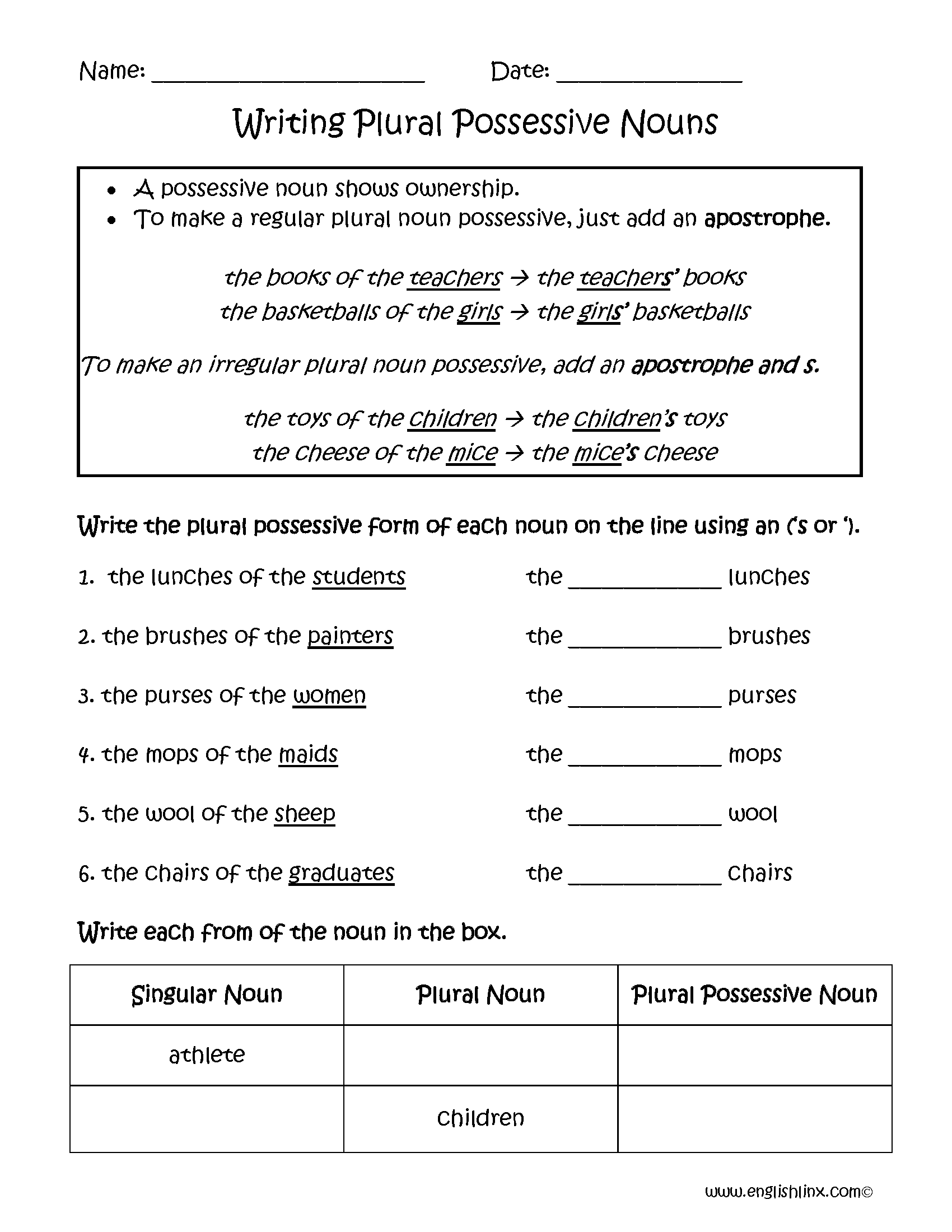When it comes to showcasing ownership or relationships in a sentence, the use of plural possessive nouns plays a crucial role. These nouns indicate that more than one person or thing possesses something. Let’s explore some examples of plural possessive noun sentences to understand their usage better.
Plural possessive nouns are formed by adding an apostrophe after the ‘s’ at the end of a plural noun. They help in specifying that the ownership or relationship belongs to multiple entities. By incorporating these nouns in sentences, we can provide clarity and precision in our communication.
Examples of Plural Possessive Noun Sentences:
1. The students’ books were neatly arranged on the shelves.
2. The dogs’ tails wagged happily as they greeted their owners.
3. The employees’ uniforms were tailored to fit each individual perfectly.
4. The children’s laughter echoed through the playground.
5. The travelers’ passports were checked before boarding the flight.
Plural possessive nouns not only indicate ownership but also demonstrate the relationship between the possessors and the object possessed. They help in creating a clear and concise sentence structure that conveys the intended message effectively.
When using plural possessive nouns in sentences, it is essential to ensure proper punctuation and placement of apostrophes to avoid confusion. By mastering the usage of these nouns, writers can enhance the readability and coherence of their writing.
In conclusion, plural possessive noun sentences serve as a valuable tool in expressing ownership and relationships in a plural context. By incorporating these nouns effectively, writers can convey their message with accuracy and clarity. Practice using plural possessive nouns in sentences to improve your writing skills and enhance the impact of your communication.
